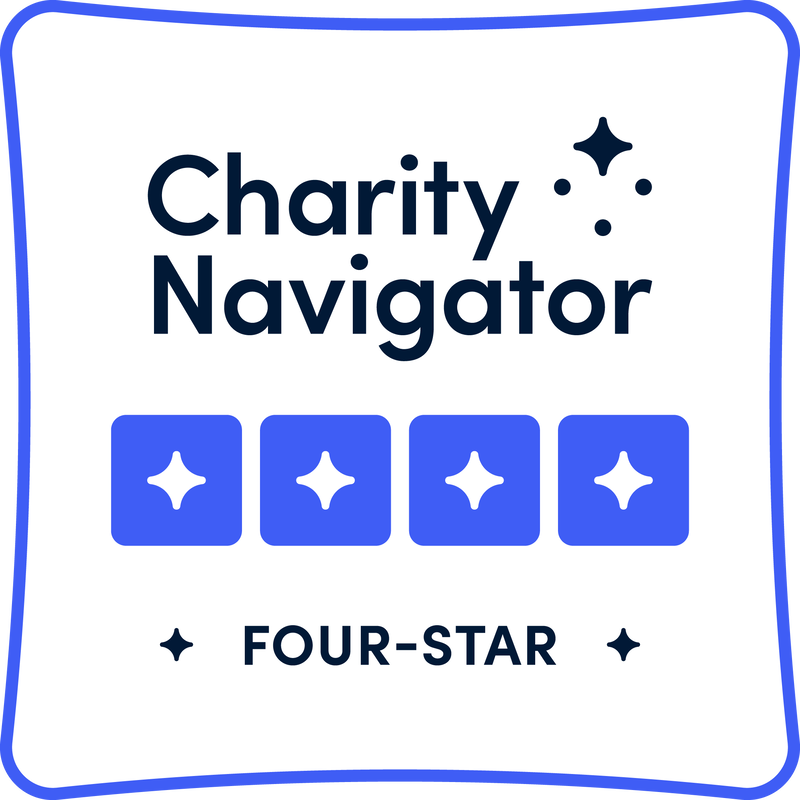Ella: simplex
|
Ella was born on February 14, 2003. As soon as she entered the world, it was clear something was wrong and she was immediately transported to the children's hospital. A neonantologist came to me with a textbook in his hand and said this was what they feared it was... a word I had never heard of before, but now a part of normal, everyday vocabulary: Epidermolysis Bullosa (or EB for short).
Ella's health declined quickly, and she was given a very poor prognosis. Within days, she was fighting for her life with a severe blood infection. The priest was called into the NICU; we prepared for the worst. In the meantime, we were trying to soak up every piece of knowledge we could about EB, learning that EB is a skin blistering disease, and Ella is missing the "ingredients" to keep her skin intact. EB has different types and subtypes. We awaited the results of her biopsy as Ella kept fighting. To everyone's surprise, it came back with the most severe subtype of the least severe type, if you are still following. We had hope! Ella eventually made it home with nursing assistance. We had every kind of support imaginable those first few years: PT, OT, speech therapy, and a slew of specialists from infectious disease experts, to dermatologists, plastic surgeons, dieticians, genetic counselors, cardiologists, orthopedists, and gastroenterologists - just to name a few. EB is considered a skin disease, but the magnitude of stress EB causes on the whole body is profound. Ella was a peanut. I mean, she did not even hit the growth charts! We had a feeding tube placed within the first few months, after realizing her blistered mouth, inside and out, could not tolerate bottle feedings. After more genetic counseling, we learned that Ella's EB was not inherited (EB can be dominantly or recessively inherited), but rather, hers was a spontaneous mutation. I remember the phrase, "it's like hitting the lottery," being used to describe how rare Ella's EB is. In those early years, that saying did not sit well with me. I have learned to embrace it. We have had years of sleepless nights, pain, itch, doctor visits, hospital stays, and treating infection after infection, but I saw this girl transform into the most inspirational and determined individual. She would not tolerate boundaries, even if it meant she was going to cause herself more pain. She stood up proud and tall when asked repeatedly over and over again what was wrong with her. She was my winning lottery ticket! She has been tough as nails, bold and tenacious. At a young age, Ella began swimming and that has been one of her many passions. In a swimsuit, there is no hiding her skin, but she has never even tried. She is a great student. She is a leader in her school. She is a college-bound girl about to turn 18 this month. With advancements in gene detection, she seems to have a rare mutation of EB. Her doctors call it the "Ella Type." Her feet are affected the most. She rarely walks, but also rarely uses her wheelchair. Instead, she uses her knees as her feet, with knee pads, and chooses to walk in a tall kneel fashion. In fact, she can run like this, jump rope like this, dive off the diving block like this. The looks and comments we get are hard, but she takes them in stride. In our own little community, many people now know her and know the story of why she looks and walks in such fashion, but our mission is to keep educating those that don't and continue spreading awareness about EB. We would like to do our small part by supporting those that are working towards a cure. So please, keep learning and fighting with us for a cure. - Gwen, Ella's mom |





